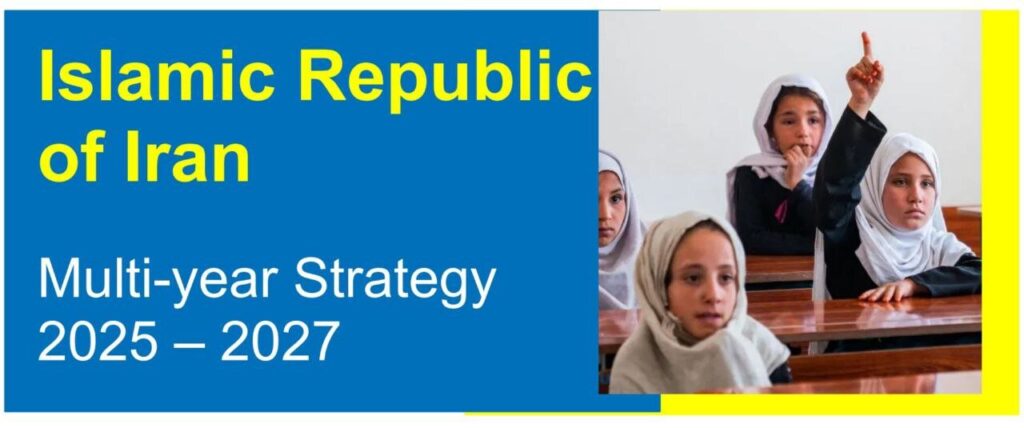Tehran – The United Nations High Commissioner for Refugees (UNHCR) has announced its vision for Iran by the end of 2027.
UNHCR’s vision was announced by the end of 2027 that “people in need of international protection enjoy a safe and inclusive environment where fundamental rights are respected. They have access to a variety of solutions and are empowered to contribute to the development of the host country.
This comprehensive vision seeks to force displaced people and protect the rights of helpless people by responding quickly and effectively to their needs, promoting inclusion and independence, empowering them to build their own futures, and pursuing sustainable solutions to the challenges associated with displacement and statelessness.
An important aspect of this vision is collaboration with a global strategic direction for more predictable and equitable shared responsibility, recognizing that enduring solutions to the refugee situation cannot be achieved without international cooperation.
It also complements existing frameworks aimed at addressing the Afghan situation, including Afghan refugee resolution strategies and the Refugee Response Program (RRP).
Although the UN Framework for Sustainable Development Cooperation does not specifically mention refugees, the UNHCR vision is compatible with the broader goals of sustainable development and inclusion.
In support of this vision and in line with the RRP’s strategic priorities, UNHCR has identified five strategic priorities based on UNHCR’s assessment of capabilities, opportunities and lessons, based on assessments of the most urgent issues facing those who have been forced to displace and stateless people. Together, these priorities will guide the efforts of UNHCR in 2025 to create a more inclusive and resilient future for those forced to flee in Iran (Islamic Republic).
Iran’s Islamic Republic generously hosts people who have been forced to displace for over 40 years, supports policies that include refugees, and primarily ensures access to critical public services, particularly healthcare and education.
According to information available to UNHCR, Iran hosts around 773,000 refugees with Amayesh (761,000 Afghans) and Hoviat cards (12,000 Iraqis).
UNHCR estimates that around 3.8 million people in Iran (Islamic Republic) were forced to displace in 2024 in various documented states, making it the world’s largest refugee hosting country.
Looking forward to 2025, UNHCR Iran will focus on five strategic priorities that will maintain asylum spaces and enhance the protected environment. Increased support to strengthen and maintain comprehensive services such as health, education and social protection. Promote independence of forced evacuation people. Expanding opportunities for creative and innovative solutions through resettlement and complementary channels, including voluntary repatriation when the Afghan situation encourages repatriation. Reduces, prevents and protects statelessness through strengthening context-specific advocacy and partnerships.
mt/mg

